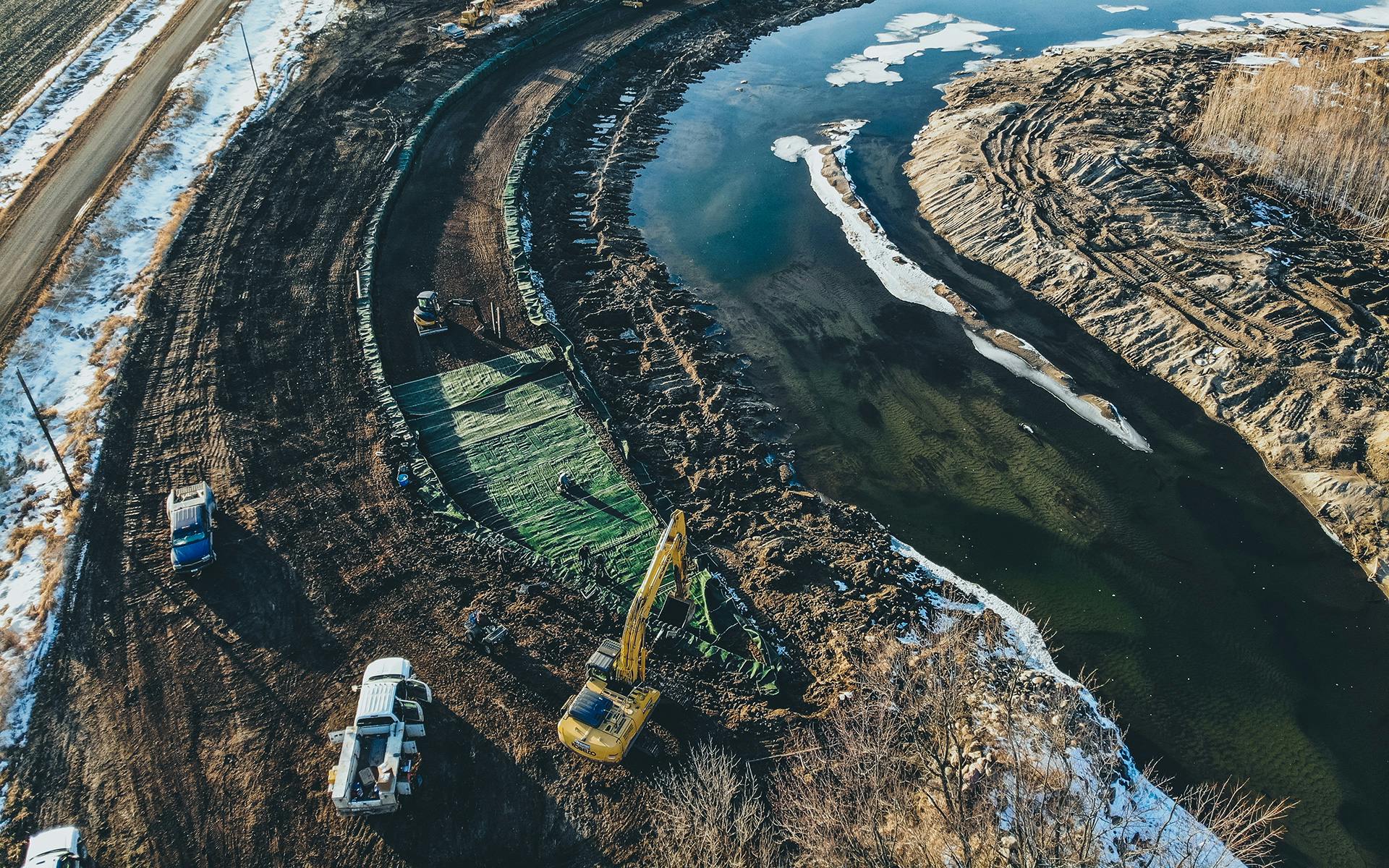
Reducing carbon footprint in marine structures
Mitigating an operation’s carbon footprint is crucial. A thorough analysis aids companies in informed decision-making.
Marine structures often use vast amounts of rock or sand in their construction. Recognizing the rising emphasis on environmental protection, Solmax introduced a comprehensive GEOTUBE® tool to gauge the carbon footprint of different marine technologies. Created in partnership with sustainability experts Anthesis, the GEOTUBE Carbon Footprint Calculator offers a clear comparison between GEOTUBE solutions and traditional methods.
Why choose GEOTUBE technology?
Customers, engineers, and contractors value GEOTUBE sand-filled elements for their efficiency and reliability. To compare GEOTUBE with standard solutions, every detail must be evaluated, from carbon emissions to material and transport logistics. Solmax follows the Publicly Available Specification (PAS) 2050, ensuring a thorough assessment of life cycle greenhouse gas emissions.

The carbon footprint calculator in action
GEOTUBE units serve purposes like breakwater cores or temporary artificial island bunds, replacing traditional rock cores. This results in less material used. The Carbon Footprint Calculator provides a clear comparison between GEOTUBE solutions and traditional rock breakwaters. Key factors influencing the results include:
Type of rock (e.g., limestone versus granite)
Rock delivery distance
Choice between on-site sand and purchased sand, including transport logistics.
According to Mink ter Harmsel, Marketing Manager at Solmax, the Carbon Footprint Calculator is instrumental in accruing green credits in sensitive projects.
Carbon savings with GEOTUBE Studies indicate that compared to rock breakwaters, sand-filled GEOTUBE units considerably reduce CO2 emissions:
Savings are pronounced when transporting rocks, especially beyond 100 km.
Using on-site sand amplifies the carbon benefit of GEOTUBE units, with evident reductions when limestone delivery exceeds 30 km.
Explore more blogs
View allDo geosynthetic clay liners require prehydration?
How geosynthetics enhance agricultural productivity in arid regions
How GEOTUBE dewatering technology helped to restore a river’s ecology
The demolition of dams on La Sélune River in Normandy, France, and the use GEOTUBE dewatering containers restored ecology and biodiversity in the river.